Preservation and Conservation Hierarchy for Archives
Written by: Chriziel Childers
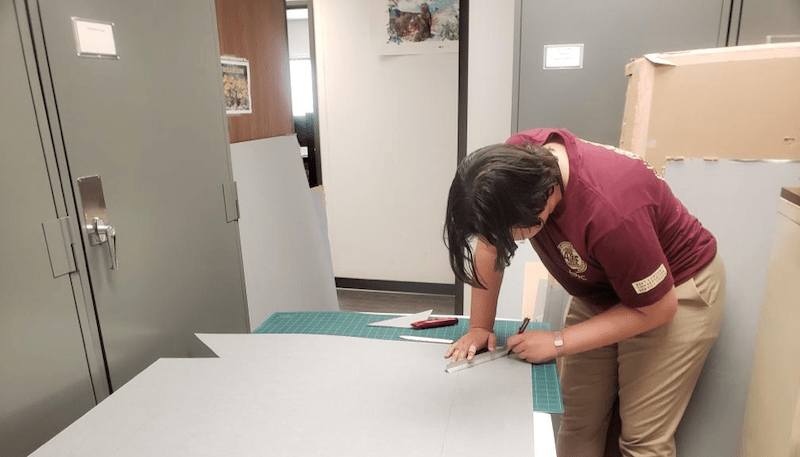
Whether it be photographs, maps, papers, manuscripts, or others, archival materials that archivists and others process may have dirt, rusting staples, or post-it notes that will affect the archives’ condition. Archivists will usually use conservation techniques to preserve historical materials in order to preserve its current state and prevent further damages.
These techniques can range from minimal conservation techniques to high-level conservation work that sometimes needs a specialist in order for the documents to be handled appropriately.
Basic level conservation techniques will include general cleaning of documents with vinyl erasers, removal of post-it notes, general flattening using a bone or nylon folder, removal of staples using a micro spatula, and re-housing materials in archival envelopes and folders. Post-it notes with information written on it will be removed from the documents and will be photocopied and filed to prevent the adhesive on them from damaging documents. Adhesives are acidic and can cause discoloration and brittleness to documents and archivists try to prevent these from happening during processing of archives.
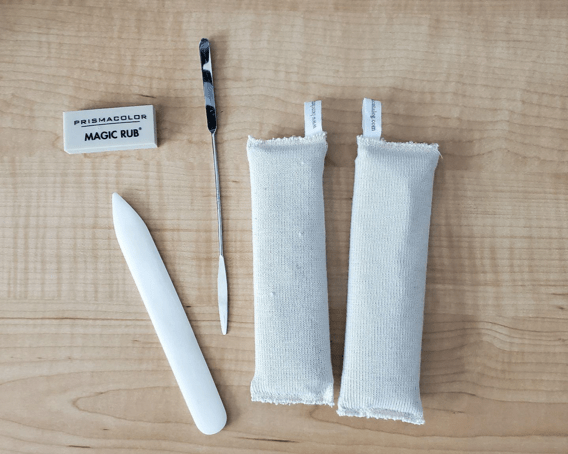
Intermediate level conservation techniques would include work that span from multiple hours to multiple days. This might include humidification of documents, removal of non-archival tapes, and custom enclosures such as archival boxes.
The process of humidification varies depending on institutions, but here at Lake Mead National Recreation Area, we have a humidification chamber that is used for rolled documents and folded materials.
The humidification chamber is made out of a repurposed box lined withTyvek. A blotter paper is then placed inside and mist with distilled water to create a humidified sheet. Then, a plastic grid similar to egg crate will be placed on top of the blotter paper to create a division between the documents that need to be humidified and the damp paper. After placing the documents that will be humidified inside the chamber, a plastic sheet covers the entire box and is secured with clips. After a few hours, documents will become humidified and ready to be flattened.
The humidified maps will then move to a flattening station where it will be weighed down for a few hours up to a few days until it flattens completely. The humidified documents are sandwiched between blotter paper and Reemay and topped with plexiglass sheet and archival weights for it to completely flatten.
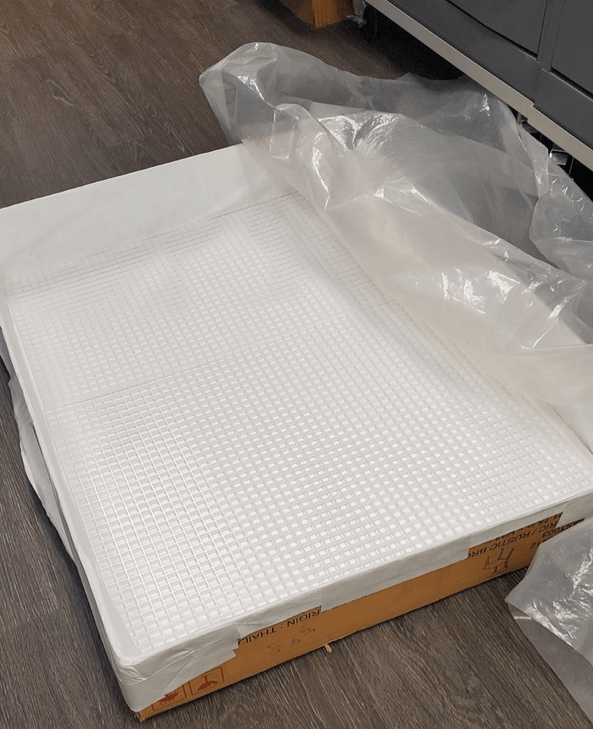
Custom enclosures will range from small envelopes to large boxes. While working with the maps at Lake Mead National Recreation Area, I learned how to create a custom box for topographic maps that dates back to 1900-1940s. I followed along with my supervisor as we measured our archival blue boards to map out measurements for our boxes. We used archival blue boards, bone folder, utility knife, and archival glue to create the box.
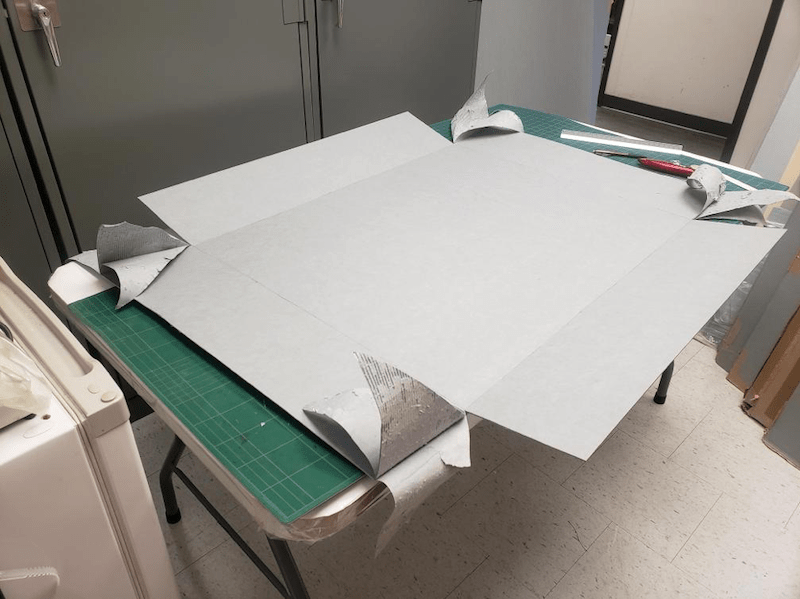
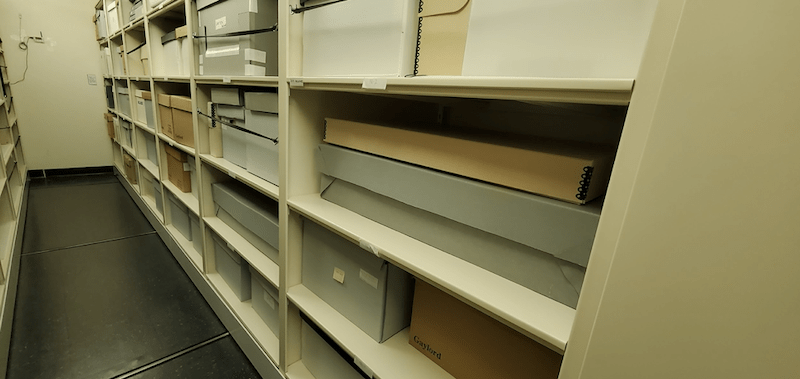
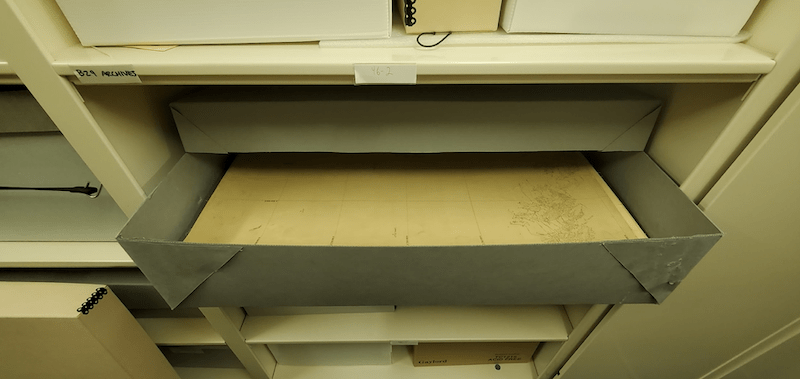
As I worked with maps this summer, I learned many techniques of conservation for archival materials in order to preserve its condition and state for many decades to come. I enjoyed my daily humidification and flattening process of many rolled maps I encountered and processed. It was my first time creating a custom box, and having it become a part of the park’s archival storage gave me great satisfaction in constructing it.
To learn about a career in conservation and preservation, visit ACE online today.